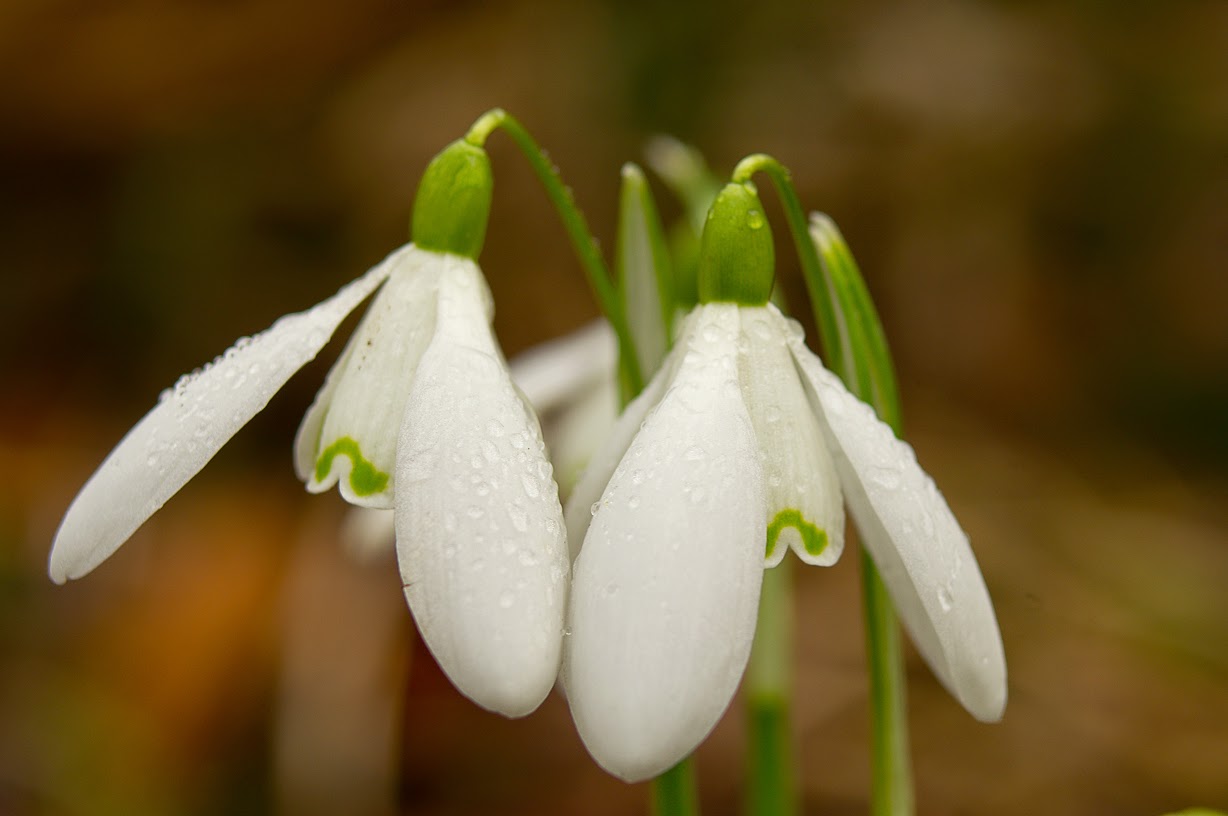Why do we take photographs? A deceptively simple question, but one which I guess would have a number of responses depending on who you are
Maybe your livelihood depends on your ability to take photos? If so then your primary motive would be to make money. For those amateur photography enthusiasts out there, the answer would range from simple enjoyment to being able impress our peers and friends with your skills.
However for the vast majority of us, I think the simple answer would be in order to capture memories
Recently I have had to clear out my late fathers house. Unfortunately in his later years he resorted to collecting a lot, and disposing of nothing (from talking with friends I think this is not a uncommon problem with elderly relatives). The result of this is that it has taken a considerable amount of time to sort through the clutter.
However one of the things I have found is a lot of family photos, ranging from Edwardian family photos to more recent family snaps. With my interest in photography I have taken on the role of family archivist and I have been spending a bit of time sorting them and digitizing the more significant ones.
During that process I came across the one that I've put at the top of this page.
Now technically there is nothing significant in this photo. It is of a nondescript house, taken on cheap film, now faded with age. But to me it tells a very powerful and personal story.
You see standing in the doorway on the right hand side is a small boy with blonde hair about 4 years old.
That boy is me.
My age in the photo means that this must of been taken soon after we moved into the house that would form the major part of my childhood and be my fathers home for the next 50 years.
So when I look at this photo I can't help wondering what I would of thought , with the benefits of hindsight, of my life to come?
The truth is not all the memories of this house were good ones. But as I sat on a step inside the house for what I knew would be the last time I could not help replay the images of photos that were taken in this house. As I did so, I could not help shedding a tear for those long forgotten memories and the people in them. The realization that I would never be able to so vividly bring those memories back to life again was a very emotional moment for me.
Of course this is a very personal photo, but it shows how, when wielded correctly, a photo can be used to generate strong emotions.
However telling a story with a single photo is not an easy task. A title is a good start because it sets the viewer down the road you want them to travel. Also the need to tell a story is why I enjoy putting photo montages together. It is easier to tell a tale by using a number of images, using music to set the mood.
This is also why rules for competitions such as those for the British Photographic Society, emphasize the story over the purely technical aspects.
This in the end separates the great photographer from the merely good. If you can take a single photograph and use it to tell a powerful story that resonates not only to you and people involved in the photo, but to the entire world, then you are well on the road to greatness.
 |
| 1967-2015 |














